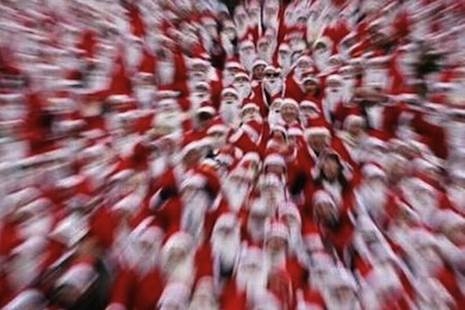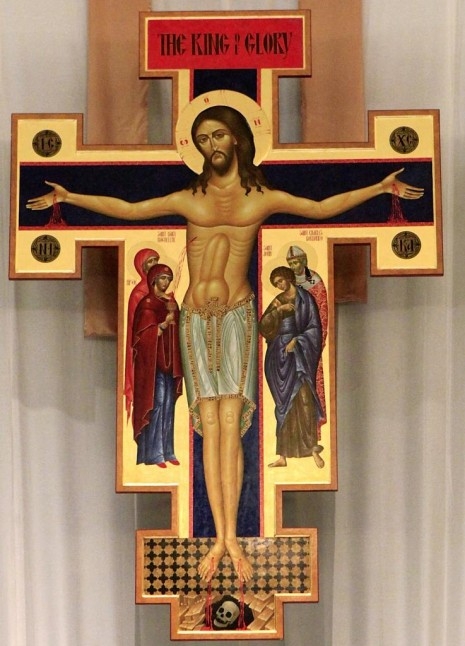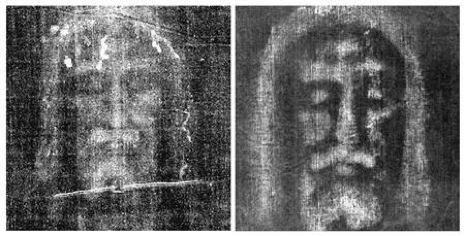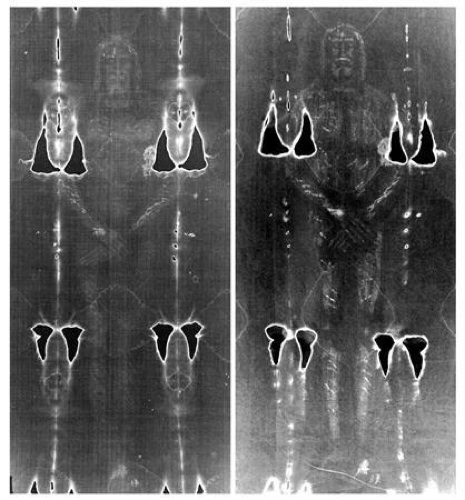
At first, Christian fundamentalist group Repent Amarillo’s recent charming video of their firing-squad execution of a Santa piñata in the name of putting the Savior back in to the holiday seems typical.
But after reading Canadian cannabis activist Dana Larsen’s 2003 article on the apparent psychotropic and shamanic origins of Santa Claus and many other Christmas traditions, it made some deeper sense to me.
Skip down to the explanatory vid…
According to Larsen, the Lapps of modern-day Finland and the Koyak tribes of the central Russian steppes had holy men in their ranks who regularly imbibed the hallucinogenic red & white amanita muscaria mushroom (also known as “fly agaric”). These ‘shrooming shamen proved to be the model of the figure we now know as Santa Claus.
Larsen also contends that the Christmas tree was originally seen as a “World Tree”, typically a fir or evergreen, species under which the amanita muscaria mushroom thrived:
The World Tree was seen as a kind of cosmic axis, onto which the planes of the universe are fixed. The roots of the World Tree stretch down into the underworld, its trunk is the “middle earth” of everyday existence, and its branches reach upwards into the heavenly realm.
So, of course, the North Star around which all stars seemed to revolve was always aligned with the top of the tree—thus the star on top of the modern Christmas tree. These ancients also saw the magic mushroom springing up as “virgin births” seeded by the morning dew, which is symbolized by the tinsel on the tree. Trippy, eh?
Also:
- In the highly stoned eyes of these shamen, amanita muscara-eating reindeer appeared to, well, fly.
- Santa wears the red-and-white outfit of the original mushroom gatherers, his ruddy glow is an effect of the ‘shrooms, and like most shamen, used the central smoke hole (chimney) of his animal-skin shelter as an entrance or exit.
- Oh and those mostly red, bulbous ornaments on the tree? Those symbolize the ‘shrooms red caps, which the ancients used to dry on the trees.
Below is the least campy video I could find that draws a bunch of the connections between Santa and the ‘shroom. Enjoy!
Thanks to Lexie T. for the heads-up!








